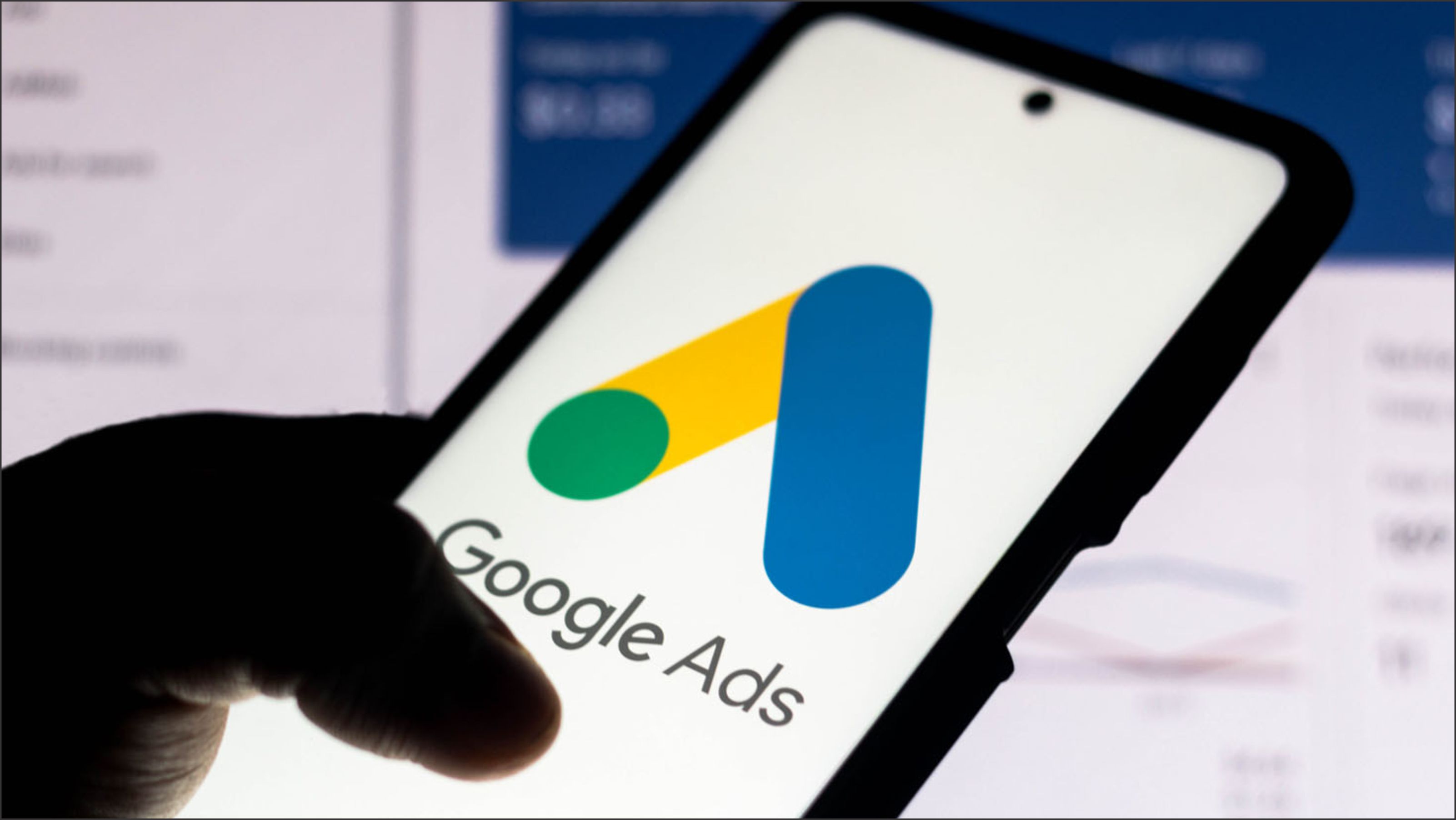
In recent developments within the digital marketing realm, Google AdWords, now known as Google Ads, has introduced several significant updates and trends poised to impact advertisers and businesses in 2024.
One of the most notable trends is the increasing integration of artificial intelligence (AI) and automation in Google Ads. AI's role in ad creation and optimization is set to grow, particularly with Google's Performance Max (PMAX) campaign type. PMAX allows advertisers to manage ads across all Google inventory (including YouTube, Search, Discover, Gmail, and Maps) within a single campaign. This shift aims to simplify the ad creation process by leveraging AI to generate images and suggest keyword inclusions based on search trends, ultimately enhancing ad performance and engagement (PPC.org) (blog.google).
Smart bidding strategies like Target CPA (Cost Per Acquisition) and ROAS (Return on Ad Spend) continue to gain traction. These AI-driven strategies optimize bids in real-time to achieve the desired outcomes, such as maximizing conversions or achieving a specific return on investment. Additionally, Google is encouraging the use of broad match keywords, which, combined with smart bidding, allow for more flexible and expansive reach. This approach relies heavily on AI to learn and adapt to campaign performance over time, aiming to deliver better results even as it reduces the level of granular control traditionally favored by marketers (WordStream) (PPC.org).
Google has rolled out enhanced conversions, which are now available to all advertisers. This feature allows advertisers to track conversions more accurately across devices and sessions without relying on third-party cookies, which are being phased out. Enhanced conversions utilize first-party data, such as user-provided information (names, emails), to match and track conversions while maintaining user privacy through data hashing and anonymization (WordStream).
Video advertising is expected to expand significantly, especially short-form videos on platforms like YouTube Shorts. This trend is driven by the competitive landscape created by TikTok and Instagram Reels. Google is focusing on making video ad creation more accessible through AI tools that help generate engaging content for these formats (PPC.org). Additionally, search ads are becoming more visual, with the potential for features like 360-degree product views and dynamic image ads, which change based on user behavior and preferences (blog.google).
Google has also made changes to the mobile search engine results page (SERP), which now automatically loads the next three pages of results as users scroll. This update aims to enhance user experience by reducing the need to click "See more." However, it also means that fewer text ads will appear at the bottom of the SERP, potentially impacting ad performance metrics such as click-through rates (CTR) and impressions (WordStream).
To further support advertisers, Google has launched a new offline conversions import (OCI) helper tool. This self-service tool enables businesses to import and analyze offline conversion data, such as phone calls, into Google Ads. By integrating offline conversion data, advertisers can gain a more comprehensive view of their customer journey and optimize campaigns based on more accurate, holistic data (WordStream).
Looking ahead, several potential advancements could reshape the Google Ads landscape. These include augmented reality (AR) integration in search ads, allowing users to interact with products in a virtual environment directly from search results. Dynamic image ads and 360-degree product previews could also become more prevalent, providing richer and more engaging user experiences. Additionally, the integration of voice-activated ads and interactive ads, which could include simple games or quizzes, might further revolutionize how users engage with search ads (PPC.org).
For businesses and marketers, staying abreast of these developments is crucial. Embracing AI and automation can lead to more efficient and effective campaigns. Utilizing broad match keywords and smart bidding strategies can enhance reach and performance. Video and visual elements should be integral parts of advertising strategies moving forward, and leveraging tools like the OCI helper can provide deeper insights into campaign performance. Finally, preparing for potential innovations like AR and interactive ads can position businesses to take advantage of emerging opportunities in the digital advertising space (blog.google).
By keeping up with these trends and updates, advertisers can optimize their Google Ads strategies to remain competitive and achieve better results in an increasingly complex and automated digital marketing environment.
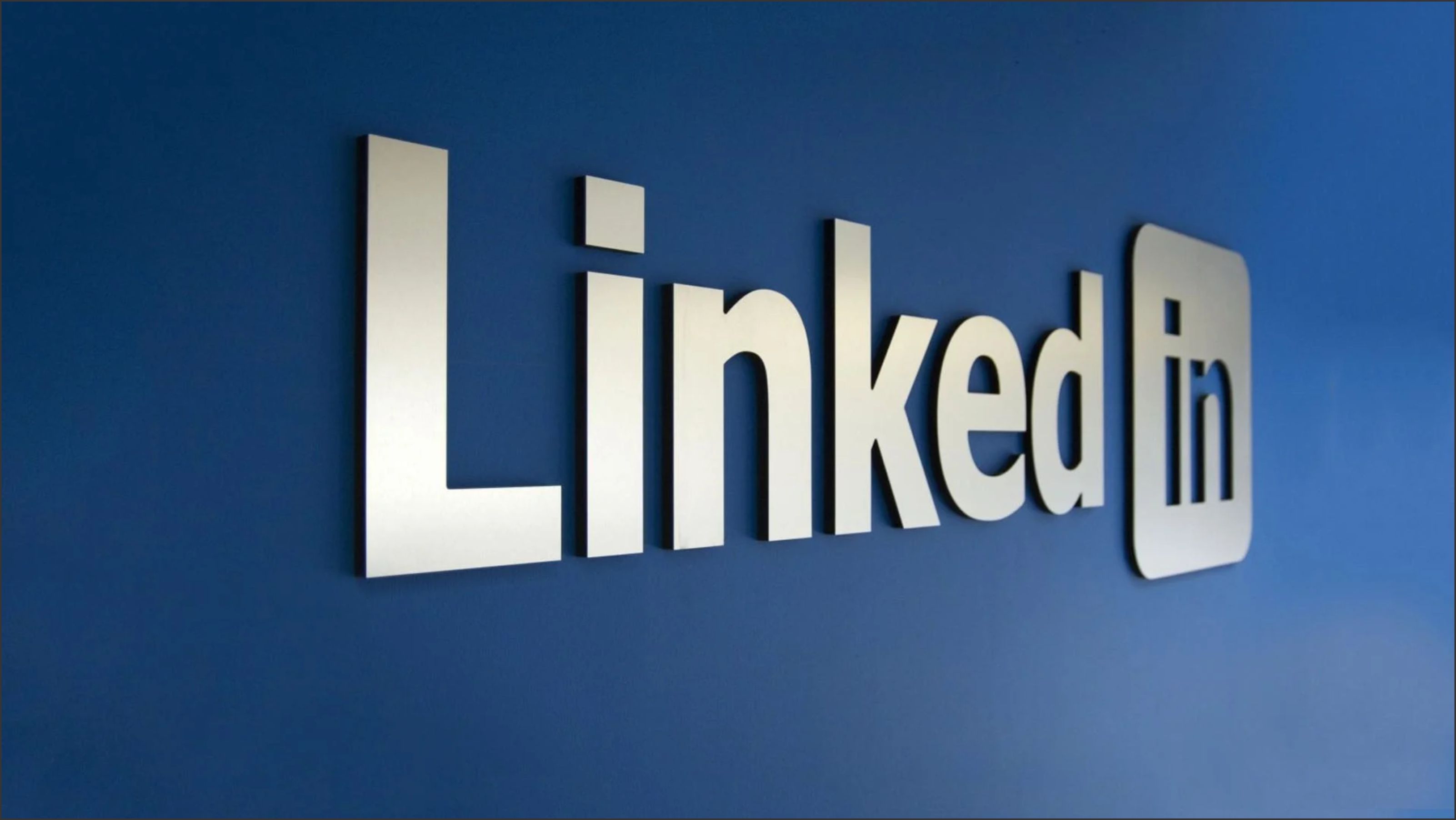
In a significant development for professionals and businesses alike, LinkedIn, the premier professional networking platform, has announced several new features aimed at enhancing user engagement and utility. One of the most notable updates is LinkedIn's foray into the gaming sector. The platform plans to integrate gaming elements, leveraging Microsoft's extensive gaming expertise. This move is expected to introduce new interactive experiences and engagement opportunities for users (TechCrunch).
Additionally, LinkedIn is expanding its content and tools for professionals. The platform is testing short-form, vertical videos similar to those popularized by TikTok and Instagram. This new feature aims to provide users with more dynamic ways to share content and connect with their network. The introduction of short-form videos is part of LinkedIn's broader strategy to stay relevant in the ever-evolving social media landscape (TechCrunch).
Furthermore, LinkedIn is set to launch new analytics tools for content creators. These tools will help users better understand their audience and the impact of their posts, enhancing their ability to tailor content and grow their professional presence on the platform. This update is particularly beneficial for influencers and businesses that rely on data-driven strategies to optimize their LinkedIn engagement (TechCrunch).
These updates come as part of LinkedIn's continuous efforts to evolve and cater to the changing needs of its users. By integrating gaming, enhancing video content, and providing advanced analytics, LinkedIn aims to solidify its position as a leading professional networking site and expand its appeal to a broader audience.
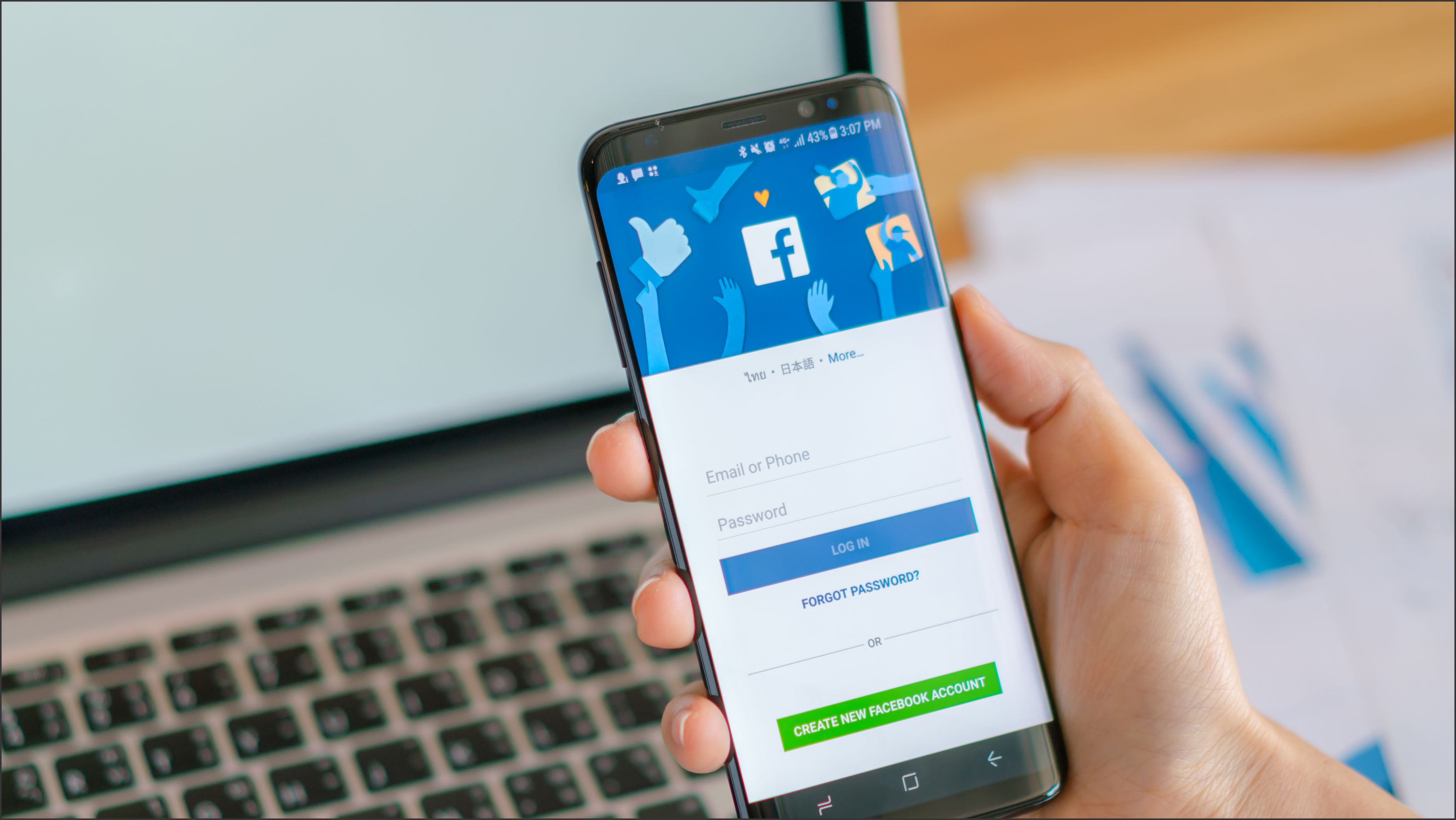
On May 5, 2024, Facebook and Instagram, two of Meta's most popular social media platforms, experienced a significant global outage, impacting millions of users worldwide, including in India. The disruption started in the early evening and lasted several hours, during which users faced issues logging in, refreshing their feeds, and accessing both mobile and web versions of the platforms.
The issues primarily manifested as users being logged out of their sessions and then being unable to log back in. Many users reported seeing error messages stating their sessions had expired, which led to a widespread belief that their accounts might have been hacked. This prompted a flurry of activity on other social media platforms, particularly X (formerly Twitter), where users went to confirm the outage and share their frustrations and memes about the situation (mint) (India TV News).
Meta's response to the outage was prompt. Andy Stone, Meta's Communications Director, acknowledged the problem on X, stating that the company was aware of the issues and was working to resolve them as quickly as possible. He later confirmed that the technical issues had been addressed and apologized for the inconvenience caused to users globally (Zee News) (ABP Live).
This outage not only disrupted personal communications but also had a significant impact on businesses and influencers who rely heavily on these platforms for their operations. Many businesses use Facebook and Instagram for marketing, customer engagement, and sales, and such disruptions can lead to potential revenue loss and customer dissatisfaction. Influencers and content creators also faced challenges as their primary platforms for engagement and content dissemination were temporarily unavailable (mint).
The incident underscored the heavy reliance on social media platforms in today’s digital age and highlighted the vulnerabilities that come with such dependencies. It also brought to light the critical importance of having robust contingency plans for businesses that operate online.
Elon Musk, CEO of SpaceX and Tesla, took the opportunity to comment on the situation with his characteristic humor. He tweeted, "If you’re reading this post, it’s because our servers are working," which quickly gained traction among users dealing with the outage (ABP Live).
Despite the frustration and initial panic among users, the situation also demonstrated the resilience and adaptability of the online community. People quickly switched to alternative platforms to communicate and verify information, showcasing the dynamic nature of digital interactions.
In conclusion, the Facebook and Instagram outage in India and globally on May 5, 2024, was a significant event that disrupted daily routines and highlighted the critical role these platforms play in modern communication and business. While Meta’s swift response helped mitigate the situation, it also served as a reminder of the need for diversified communication channels and robust backup plans to manage such unexpected disruptions (India TV News) (Zee News).
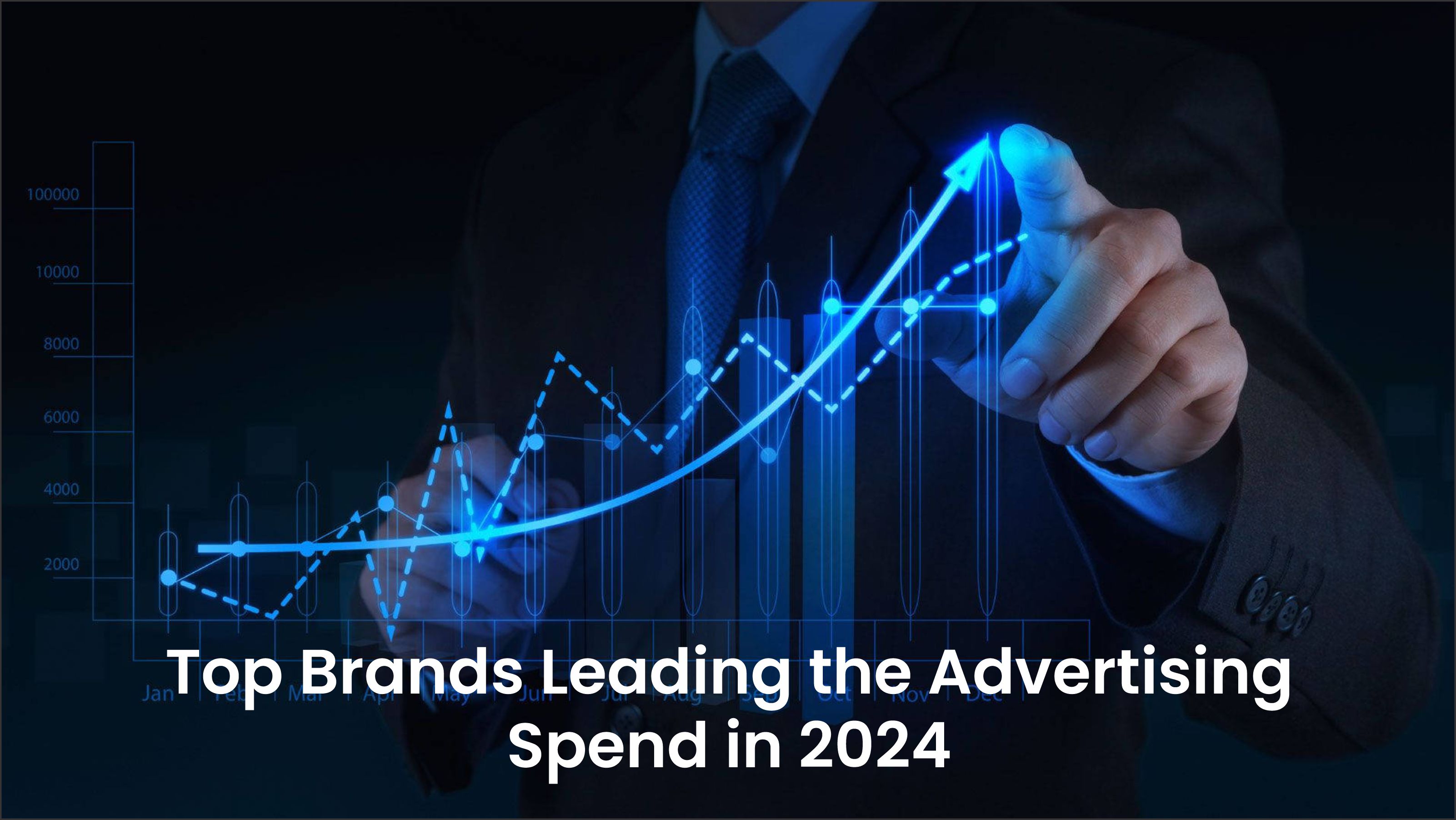
In a year marked by intense competition and innovation, several global and local brands have significantly increased their advertising budgets to capture market share and consumer attention. This report highlights the top spenders in advertising for 2024, revealing trends and strategies driving their investments.
As businesses navigate a post-pandemic world and strive to adapt to rapidly changing consumer behaviors, advertising has become a critical component of their growth strategies. In 2024, the leading brands in advertising spend are leveraging a mix of traditional and digital media to reach their audiences effectively.
Amazon:
Amazon continues to dominate the advertising landscape, investing heavily in both online and offline channels. With its diverse range of products and services, including e-commerce, streaming, and cloud computing, Amazon's advertising strategy focuses on personalized and data-driven campaigns. The company's spend on digital ads, particularly on its own platform, has seen a substantial increase, alongside significant investments in TV and outdoor advertising.
Procter & Gamble (P&G):
As one of the world's largest consumer goods companies, P&G has consistently been a top advertiser. In 2024, P&G has ramped up its spending on digital marketing, influencer collaborations, and traditional media. The company's focus on sustainability and innovation has been central to its advertising campaigns, aiming to connect with environmentally conscious consumers.
Unilever:
Unilever has maintained a strong presence in the advertising arena, with significant investments in digital and social media marketing. The company's diverse portfolio of brands, including Dove, Axe, and Ben & Jerry's, enables it to target various demographics effectively. Unilever's advertising spend emphasizes purpose-driven marketing, highlighting its commitment to social and environmental causes.
Coca-Cola:
Coca-Cola has increased its advertising budget to strengthen its brand presence globally. The company's campaigns focus on digital engagement, leveraging social media platforms and influencer partnerships to connect with younger audiences. Coca-Cola's marketing efforts also include major investments in event sponsorships and experiential marketing.
Samsung:
In the highly competitive technology sector, Samsung has significantly boosted its advertising spend to promote its range of smartphones, electronics, and appliances. The company's strategy includes high-profile TV commercials, digital marketing, and sponsorship of major sporting events. Samsung's emphasis on innovation and cutting-edge technology is a central theme in its advertising campaigns.
Apple:
Apple continues to be a major player in advertising, focusing on sleek and impactful campaigns that highlight its product ecosystem. The company's advertising spend spans digital platforms, television, and outdoor media, with a particular emphasis on promoting new product launches and updates. Apple's minimalist and visually appealing ads resonate well with its target audience.
PepsiCo:
Competing closely with Coca-Cola, PepsiCo has also ramped up its advertising efforts. The company's spend is directed towards digital marketing, social media engagement, and traditional media. PepsiCo's advertising campaigns often feature high-profile celebrity endorsements and innovative content that appeals to a broad audience.
Nike:
Nike remains a leader in advertising within the sportswear and apparel industry. The company's spend is heavily focused on digital marketing, influencer collaborations, and impactful storytelling. Nike's campaigns often center around themes of empowerment, athleticism, and social justice, resonating strongly with its diverse consumer base.
Digital Dominance: Brands are increasingly shifting their advertising budgets towards digital platforms, driven by the need for targeted and measurable campaigns. Social media, search engines, and streaming services are key beneficiaries of this trend.
Influencer Marketing: Influencer collaborations continue to be a significant part of advertising strategies, with brands leveraging the reach and authenticity of influencers to connect with niche audiences.
Sustainability and Purpose: Purpose-driven marketing, focusing on sustainability and social responsibility, is gaining traction. Consumers are increasingly drawn to brands that demonstrate a commitment to positive change.
Personalization: Data-driven personalization is at the forefront of advertising strategies, enabling brands to deliver tailored messages that resonate with individual consumers.
Experiential Marketing: Despite the rise of digital, experiential marketing remains important, with brands investing in events, sponsorships, and immersive experiences to engage consumers directly.
The advertising landscape in 2024 is characterized by significant investments from leading brands, driven by the need to stay competitive and relevant in a dynamic market. As digital platforms continue to dominate and consumer preferences evolve, brands are adopting innovative strategies to maximize the impact of their advertising spend.
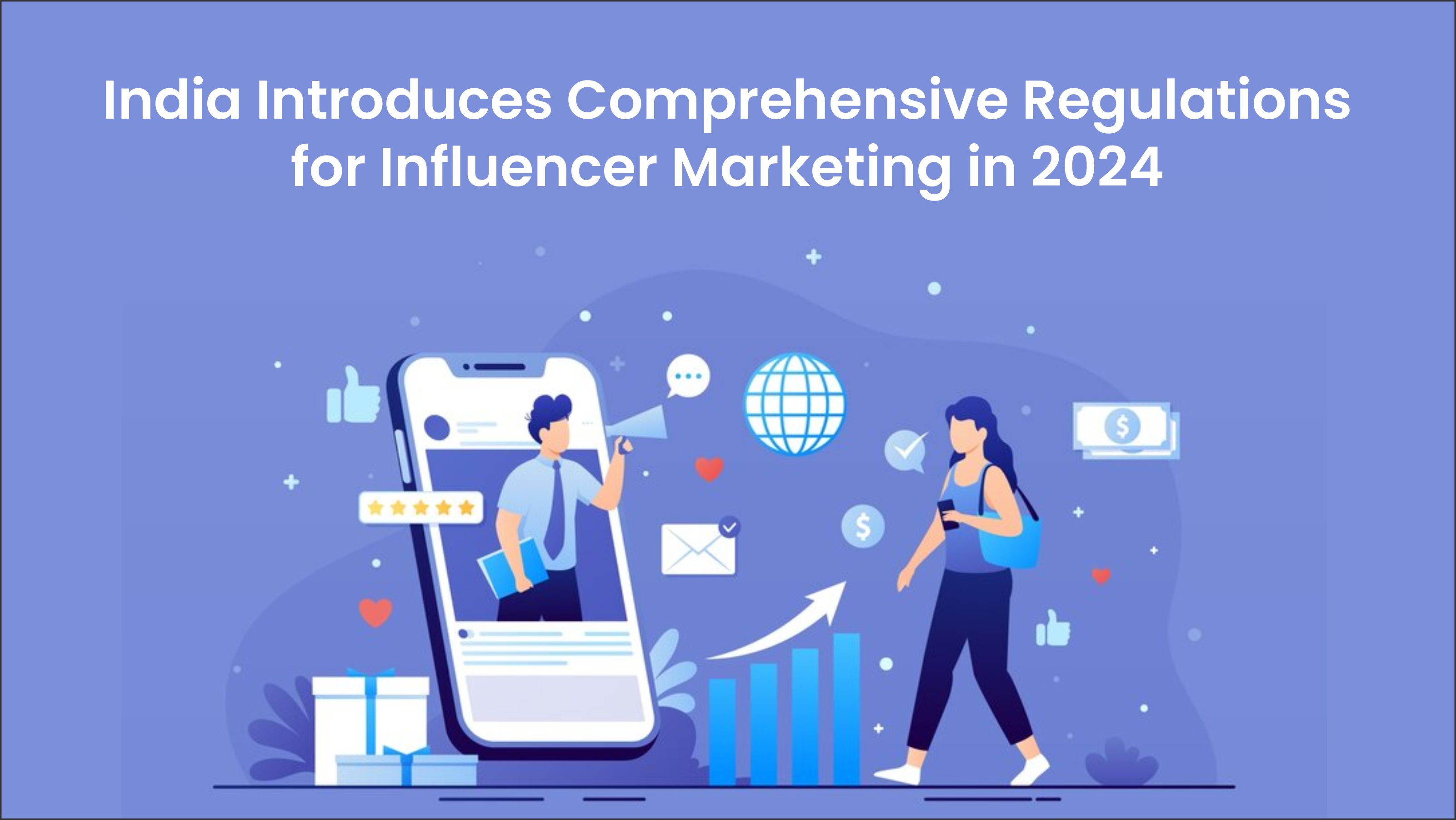
In a landmark move aimed at regulating the booming influencer marketing industry, India has introduced comprehensive laws governing influencer endorsements and sponsored content. The new regulations come as a response to growing concerns over transparency, consumer protection, and ethical standards in influencer marketing.
The Indian government has enacted the Influencer Marketing Act, 2024, marking a significant milestone in the regulation of digital advertising and promotional activities. The act aims to provide clear guidelines and standards for influencers, brands, and digital platforms involved in influencer marketing campaigns.
Disclosure Requirements: The act mandates that influencers must clearly disclose any material connection or commercial relationship with brands when promoting products or services. This disclosure should be prominently displayed in influencer content to ensure transparency and inform consumers about the promotional nature of the content.
Content Standards: The act establishes content standards to prevent influencers from making false, misleading, or deceptive claims in their promotional content. Influencers are required to ensure that their content is accurate, truthful, and compliant with advertising regulations and consumer protection laws.
Age Restrictions: The act introduces age restrictions for influencers, prohibiting individuals below a certain age from participating in influencer marketing campaigns. This measure aims to protect minors from exploitation and ensure responsible marketing practices.
Regulatory Oversight: The act establishes regulatory authorities responsible for overseeing and enforcing compliance with influencer marketing regulations. These authorities will monitor influencer content, investigate complaints, and impose penalties for violations of the law.
The introduction of comprehensive regulations is expected to have a profound impact on the influencer marketing landscape in India. Influencers, brands, and digital platforms will need to adapt to the new regulatory requirements and ensure compliance with the law to avoid penalties and legal consequences.
Stakeholders in the influencer marketing industry have expressed mixed reactions to the new regulations. While some welcome the clarity and accountability provided by the law, others raise concerns about the potential impact on creativity, flexibility, and business opportunities for influencers and brands.
The Influencer Marketing Act, 2024, represents a significant step towards ensuring transparency, integrity, and consumer trust in influencer marketing practices. As the industry continues to evolve, stakeholders must work together to uphold ethical standards, protect consumer interests, and foster responsible advertising practices.
Stay tuned for further developments and insights into the evolving landscape of influencer marketing in India.
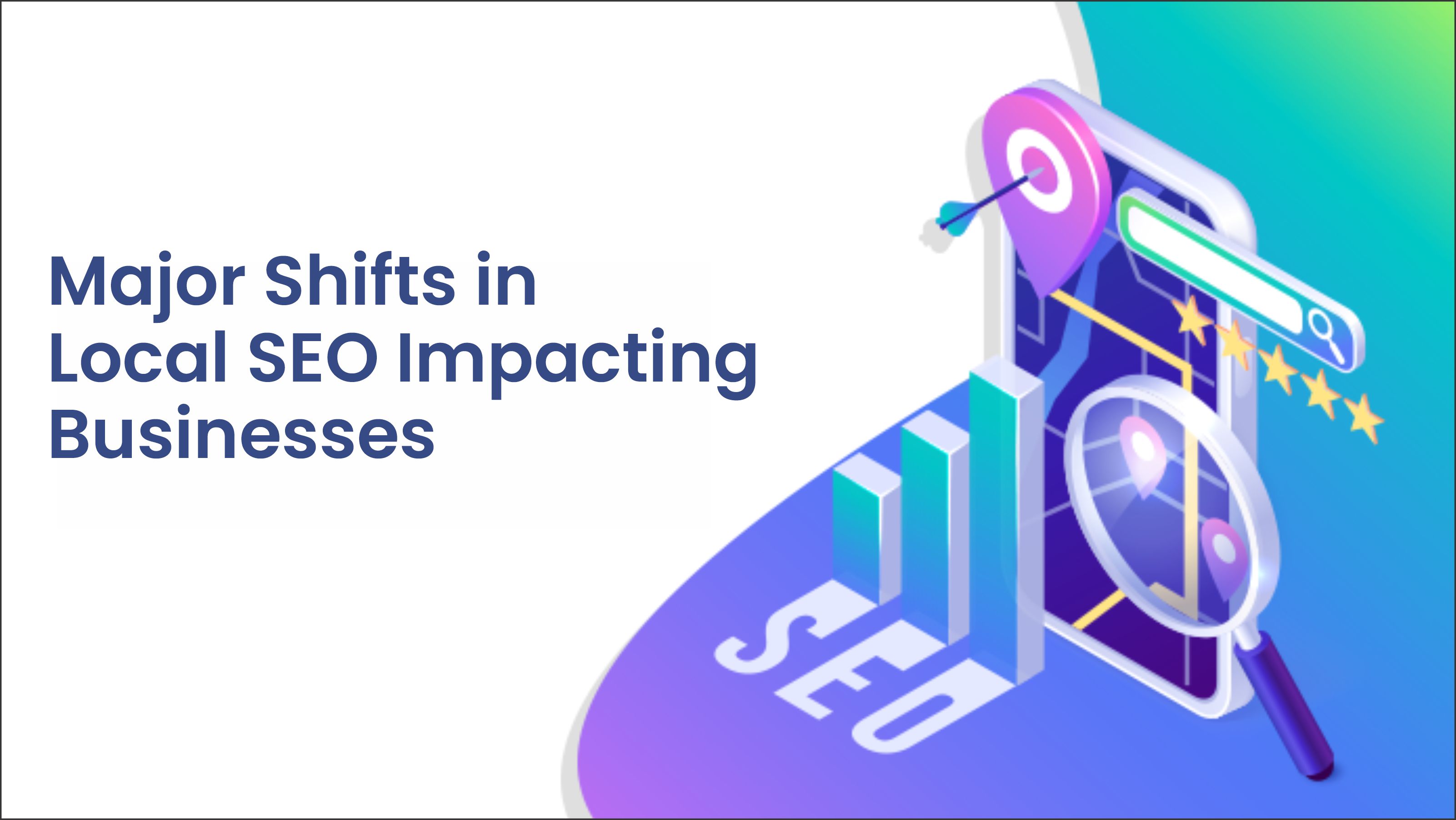
In a significant update to the digital marketing landscape, recent changes and innovations in local SEO (Search Engine Optimization) are poised to revolutionize how businesses attract and retain local customers. As companies scramble to adapt to these developments, the implications for both small and large enterprises are profound.
One of the most notable changes comes from Google, which has adjusted its algorithm to deprioritize proximity as a key factor in local service ads rankings. This means that businesses will no longer benefit from being closer to the searcher in terms of ad placement. Instead, other factors like service quality and customer reviews will play a more substantial role. This shift aims to ensure that the best service providers, rather than just the nearest, are highlighted to users (Search Engine Journal) (Search Engine Land).
The introduction of AI-powered tools is another groundbreaking advancement in local SEO. MediaVision has unveiled a predictive SEO tool that leverages consumer insight to forecast demand and optimize content accordingly. This tool allows businesses to stay ahead of the competition by predicting which keywords and search trends will be most relevant. Companies like New Look have already reported significant improvements in their organic search strategies, thanks to the proactive adjustments made possible by predictive data (Marketing Tech News).
Local Falcon has introduced enhanced rank tracking capabilities, offering businesses a more granular view of their local search performance. This tool allows companies to visualize their rankings across different parts of a city, helping them identify specific areas where they can improve their visibility. Such detailed insights enable businesses to target their SEO efforts more effectively, ensuring better coverage and more strategic local marketing campaigns (Backlinko).
Another critical development is the focus on managing content decay. Google's recent discussions have highlighted the importance of addressing outdated content on websites to maintain search rankings. Instead of deleting old content, businesses are encouraged to update and refresh their material to keep it relevant and engaging. This approach not only helps maintain SEO performance but also provides a better user experience by ensuring that all content remains useful and up-to-date (Search Engine Land).
For businesses, these changes represent both challenges and opportunities. The de-emphasis on proximity in local ads means that companies must now focus more on improving their overall service quality and garnering positive reviews to remain competitive. Additionally, the adoption of AI and predictive SEO tools can give forward-thinking businesses a significant edge in anticipating and meeting customer needs.
Moreover, the ability to track and analyze local SEO performance in greater detail allows businesses to fine-tune their marketing strategies. By understanding where they rank well and where they don’t, companies can allocate resources more efficiently and target their efforts where they are most needed.
Finally, effective content decay management ensures that a business’s online presence remains robust over time. Regularly updating content not only keeps the website relevant for SEO purposes but also enhances the user experience, leading to higher engagement and conversion rates.
The latest updates in local SEO are set to transform the way businesses approach their digital marketing strategies. By adapting to these changes and leveraging new tools and technologies, businesses can improve their visibility, attract more customers, and ultimately drive growth. As the landscape continues to evolve, staying informed and proactive will be key to maintaining a competitive edge in the local market.
These advancements highlight the dynamic nature of SEO and the need for businesses to continually adapt and innovate. Whether through the use of predictive analytics, detailed rank tracking, or effective content management, the companies that embrace these changes are likely to see significant benefits in their local search performance and overall digital marketing success..